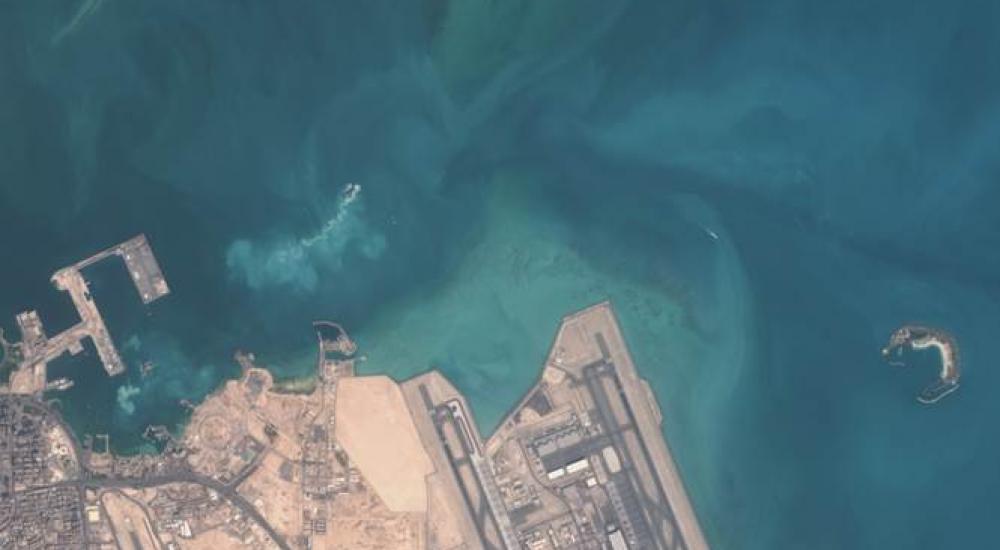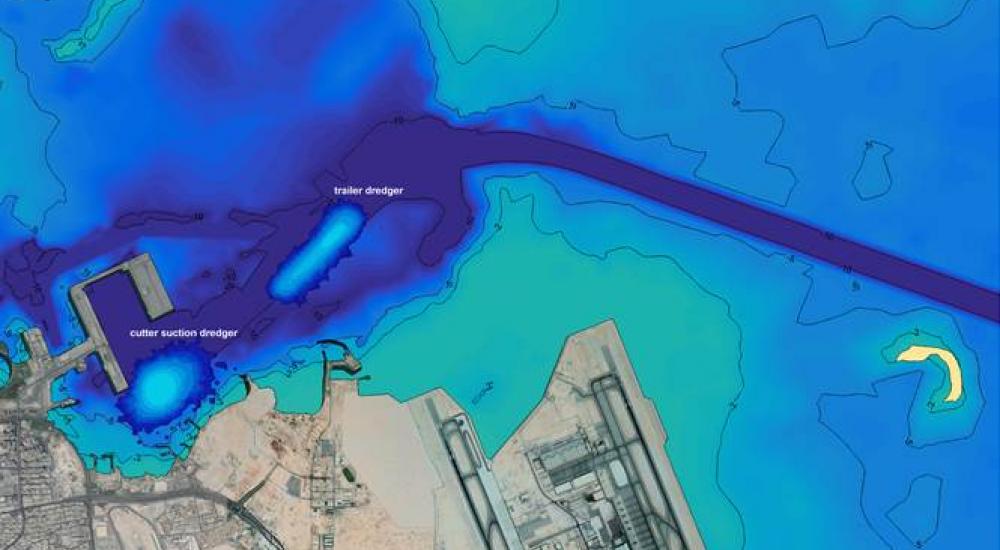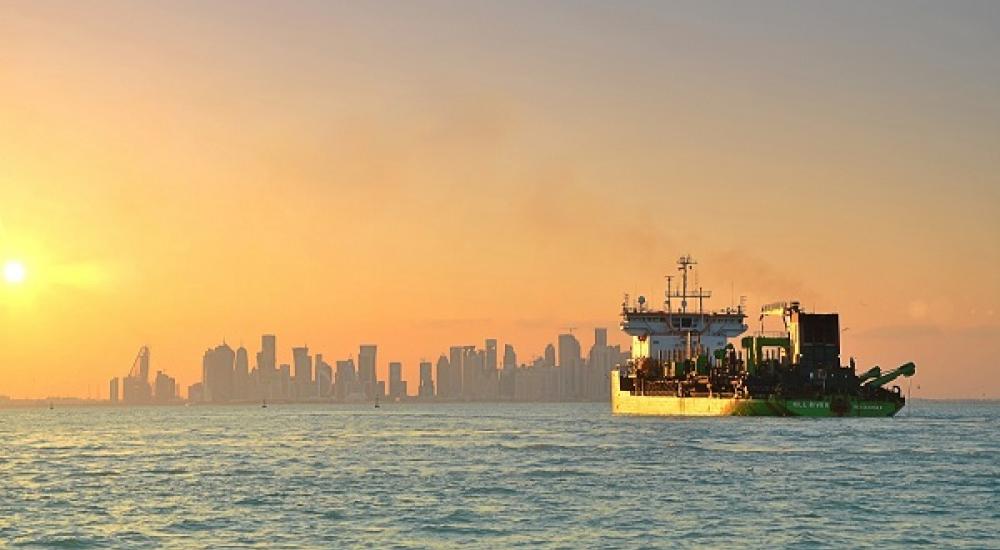Forecasting service to better manage environmental impacts of dredging
Dredging companies are able to better plan their schedules in advance thanks to our new service which can provide improved forecasting of sediment plumes caused by dredging.
The service enables dredging contractors to improve their ‘adaptive management’ of dredging works thereby helping to ensure that environmental objectives are hit. The response-based forecasting model has already been used successfully at Doha Port.
At HR Wallingford, we have developed and demonstrated the effectiveness of a new sediment plume forecasting service to help dredging companies meet environmental requirements. The service predicts sediment dispersion several days in advance, enabling contractors to better plan their dredging schedules.
“Our service is unique because of the complexity of the inputs that it can handle, for example the service combines complex hydrodynamic modelling and meteorological forecasts with various details input about the dredging activities,” said Dr Jeremy Spearman, Technical Director.
By being able to better forecast dredged plumes, the contractor can be more confident that work will not need to be unexpectedly stopped or re-located because of unanticipated risks to the environment. The new service is also capable of providing additional re-assurance to regulators that the best management tools available are being applied to project works.
“At DEME we continuously invest in technology to meet and exceed environmental requirements,” said Alberto Mino, DEME Area Manager – Middle East Gulf South. “The HR Wallingford Forecast Service has enabled us to minimise the impact of our dredging activities on the environment, and allowed us to demonstrate our commitment to meeting regulations to the Ministry of Environment.”
Forecast vs observed satellite images

The observed satellite sediment plumes

Our snapshot
Snapshot of our forecast (right) and the observed (left) satellite sediment plumes arising from trailer hopper suction and cutter suction dredgers in the Doha channel

Our new service is a natural extension of its previous extensive work in modelling dredged plumes. The organisation has been using sediment dispersion modelling to assess the likely effects of dredge sediment plumes for over 25 years in support of ports and harbour development planning and design. For example, advice is routinely given for planning purposes on the best season to dredge, or to look at which sort or dredging would be most suitable for a certain area at a certain time of year.
The new forecast service uses a calibrated TELEMAC 3D hydrodynamic flow model to forecast the associated currents taking into account predicted tidal and meteorological effects. These are then encapsulated into the SEDPLUME model combined with dredging information to model the dispersion of the sediment plume.
HR Wallingford issues a forecast report to the contractor showing the spatial and temporal variation of the multiple plumes generated by different plant dredging and disposing over the forecast period. The forecast is updated every three days.
In developing this new offering, HR Wallingford has been able to draw on its experience from its other response based coastal and marine forecasting services. It uses its numerical forecasting models, for example, to predict wave overtopping, coastal erosion, or to forecast vessel motions of ships at berth and the associated mooring forces under certain meteorological conditions.
Want to know more?
